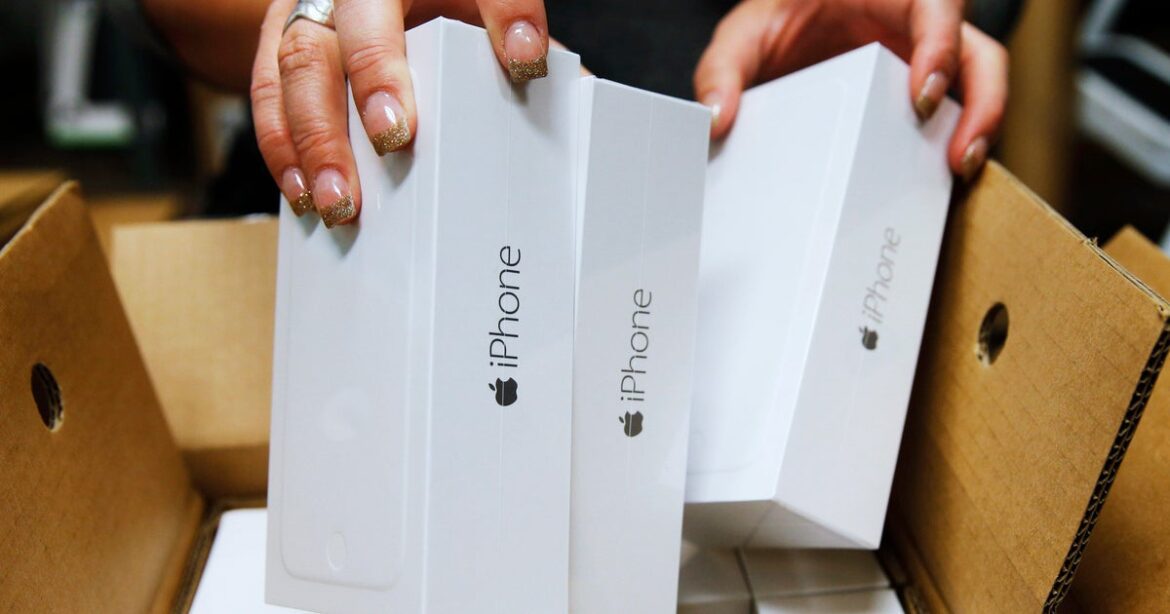Apple Accelerates iPhone Production as Tariff Concerns Grow
In a strategic move to secure its market position in the U.S., Apple has started shipping iPhones from India to mitigate the impending impact of tariffs that could significantly raise prices. According to a Reuters report, the company airlifted approximately 1.5 million iPhones, weighing around 600 tons, within a vigorous effort to stay ahead of potential cost increases.
Production Shifts to India
To counteract the high tariffs imposed by the Trump administration on Chinese imports, Apple has been ramping up its iPhone manufacturing in India, where tariffs are substantially lower. Although a majority of iPhones are still produced in China, Apple’s enhanced production capabilities in India are crucial for reducing costs. Recent reports indicate that Apple has expanded its Indian workforce and increased factory shifts to boost production by 20%.
Trump’s Tariff Policies: A Mixed Bag
On April 2, President Trump announced a steep 27% tariff on imports from India, although he paused its implementation for 90 days as the U.S. seeks to negotiate better trade deals. In contrast, a 125% reciprocal tariff on Chinese goods remains active, posing an ongoing challenge for companies reliant on Chinese manufacturing.
Expedited Shipping to Avoid Increased Costs
In an effort to “beat the tariff,” Apple has resorted to chartering air cargo jets to facilitate its shipments, reportedly negotiating with Indian authorities to reduce customs clearance times from 30 hours to just 6. Since March, the company has chartered approximately six cargo planes to expedite the delivery of its devices to the U.S.
Price Hikes on the Horizon
As tariffs loom, analysts predict significant price increases for Apple products. iPhone sales generate about half of the company’s revenue, making this situation critical. UBS Investment Research has highlighted that a potential 125% tariff on Chinese imports could lead to an increase of up to $800 in the retail price of an iPhone 16 Pro Max 256 GB, pushing it from $1,199 to $1,999.
Furthermore, insights from Wedbush Securities analyst Dan Ives point out the substantial implications of global trade on consumer electronics pricing. He asserts that if iPhones were manufactured in the U.S., a $1,000 model could cost as much as $3,500.
Consumer Demand and Company Response
Reports from Apple store employees indicate a robust consumer demand for iPhones as customers try to purchase devices before possible price increases take effect. This urgency is driving sales, which can be attributed to concerns over elevated costs under the current tariff regime.
Conclusion
As Apple navigates the complex landscape of international tariffs and trade negotiations, its strategic shifts towards increasing production in India and expediting shipments are vital steps to mitigate potential price hikes. With tariffs threatening to impact consumer pricing significantly, the tech giant’s decisions in the coming months will be crucial in maintaining its market share and keeping its products accessible to U.S. consumers.
This article retains and reorganizes the core information, presenting it in a clear and professional manner while adhering to your guidelines.

